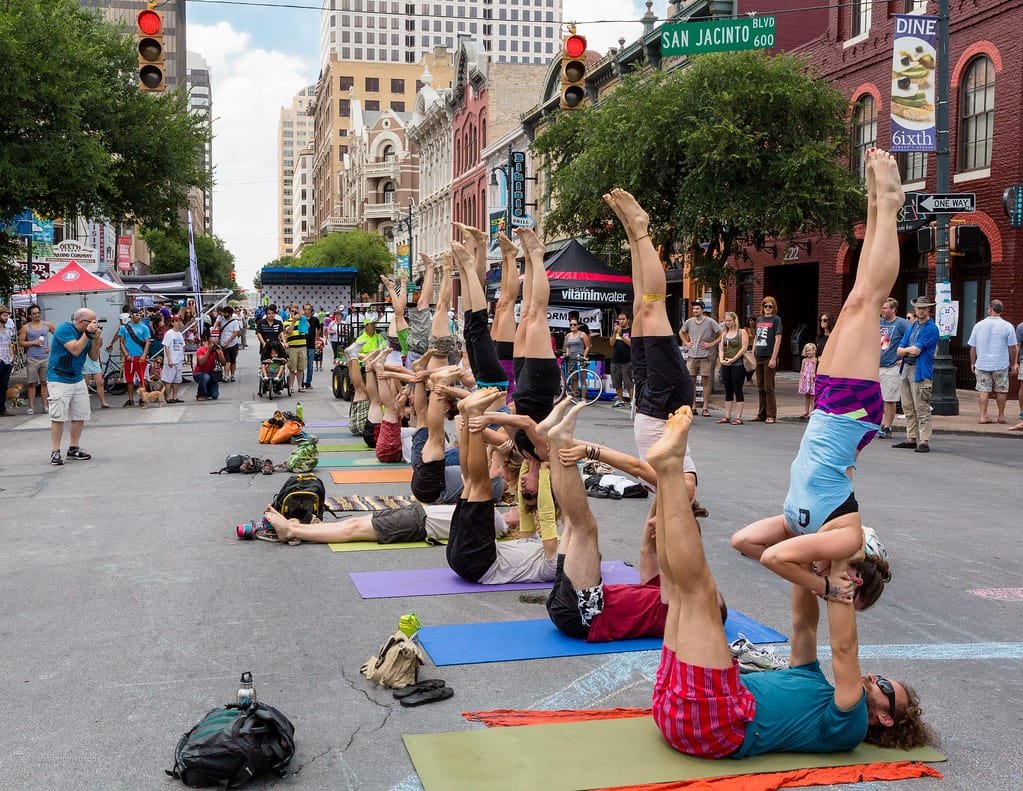Acro Dance
Acro Dance, or Acrobatic Dance, is a performance style that combines classical dance with acrobatic elements. It is known for its athleticism, grace, and fluid transitions. While the artistic freedom in Acro Dance is celebrated, there are clear rules that guide competitive performances to ensure fairness, safety, and high standards.
Rules In Acro Dance
Each acro routine must meet specific competition guidelines:
- Time limits are usually between 2 to 3 minutes, depending on the dancer’s category.
- Music must be appropriate, with no offensive language or themes. Edits should be clean and smooth.
- The number of performers in a routine must match the registered category, such as solo, duet, trio, or group.
1. Skill Elements
A well-balanced Acro Dance routine includes:
- Acrobatic skills such as aerials, backbends, walkovers, and handstands.
- Dance techniques like pirouettes, leaps, and expressive body movement.
- Transitions that blend acrobatics and dance fluidly, without abrupt or disjointed changes.
Competitions often require a specific mix of dance and acrobatic elements based on level and age group.
2. Age and Skill Levels
Competitors are divided into:
- Age groups like mini, junior, teen, and senior.
- Skill levels ranging from recreational to intermediate to competitive.
Accurate registration is important. Entering the wrong category can lead to penalties or disqualification.
3. Safety Regulations
Safety is a top priority in Acro Dance. Competitions follow strict rules such as:
- Spotting is allowed in training but typically not during performances unless stated otherwise.
- Dangerous moves, like double flips or unassisted stunts from heights, may be restricted.
- All routines must be performed on suitable dance flooring, such as sprung or marley surfaces.
Judges may deduct points for unsafe behavior or improper execution of skills.
4. Judging Criteria
Judges assess performances based on several key factors:
- Technical accuracy of both dance and acrobatic moves.
- The difficulty and variety of skills performed.
- Choreography, including creativity, use of music, and structure.
- Artistry, which involves expression, storytelling, and audience connection.
- Transitions and how smoothly dancers move between elements.
Common deductions are given for stumbles, falls, lack of synchronization in group numbers, or incomplete moves.
5. Attire and Presentation
Presentation plays an important role in competition scoring:
- Costumes should be fitted, appropriate, and not pose a safety risk.
- Loose items or jewelry are usually not allowed.
- Hair and makeup should enhance the performance without being distracting or excessive.
6. Code of Conduct
Everyone involved in a performance is expected to behave respectfully and professionally:
- Dancers, parents, and coaches must show sportsmanship at all times.
- All teams should be punctual and ready to perform when called.
- Coaching from the sidelines during a performance is not allowed.


